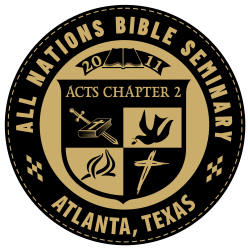The book of Exodus consists mainly of two genres, Narrative History, and Laws. It was written by Moses about 1450-1410 B.C. The key personalities include Moses, Miriam, Pharaoh, Pharaoh’s daughter, Aaron, and Joshua. It was written to record the events of Israel’s deliverance from slavery in Egypt. It describes the events to the reader in chronological order and also lists the Laws that God has given to the Israelites, in order to guide them in their relationship with Him. • Chapters 1-7 of Exodus, introduce Moses and the Israelites in bondage in Egypt. This setting is approximately 400 years after Joseph and his family was living in Goshen at the end of Genesis. God protects baby Moses and spares his life, as Moses is adopted by Pharaoh’s daughter and is raised as an Egyptian. God calls Moses with a special revelation, through a burning bush to release His people from slavery in Egypt. Moses obeys and with his brother Aaron, confronts Pharaoh to let God’s people go free, but Pharaoh ignores the warning. • In Chapters 7-13, Moses through the power of God releases 10 plagues of different sorts on the land of Egypt which included, turning all the water to blood, plagues of insects, boils, and hail. Finally, the death of every first-born son, this included the death of Pharaoh’s eldest who would someday inherit the kingdom of Egypt. However, the Israelites obeyed God and followed the ordinance of the Passover, and God spared them. • Chapters 14-18 describe the Exodus or “Exit” from Egypt. Pharaoh can no longer endure the plagues that God poured on Egypt and himself and allows them to leave. Moses and the Israelites escape making it to the Red Sea. Shortly after, Pharaoh changes his mind and pursues them, but God destroys his army with the sea. • Chapters 19-24, Moses presents all of the Laws to all the people at Mt. Sinai as God has commanded. • From chapters 25-40, Moses gives the Israelites the tabernacle, priest, and worship instructions.

